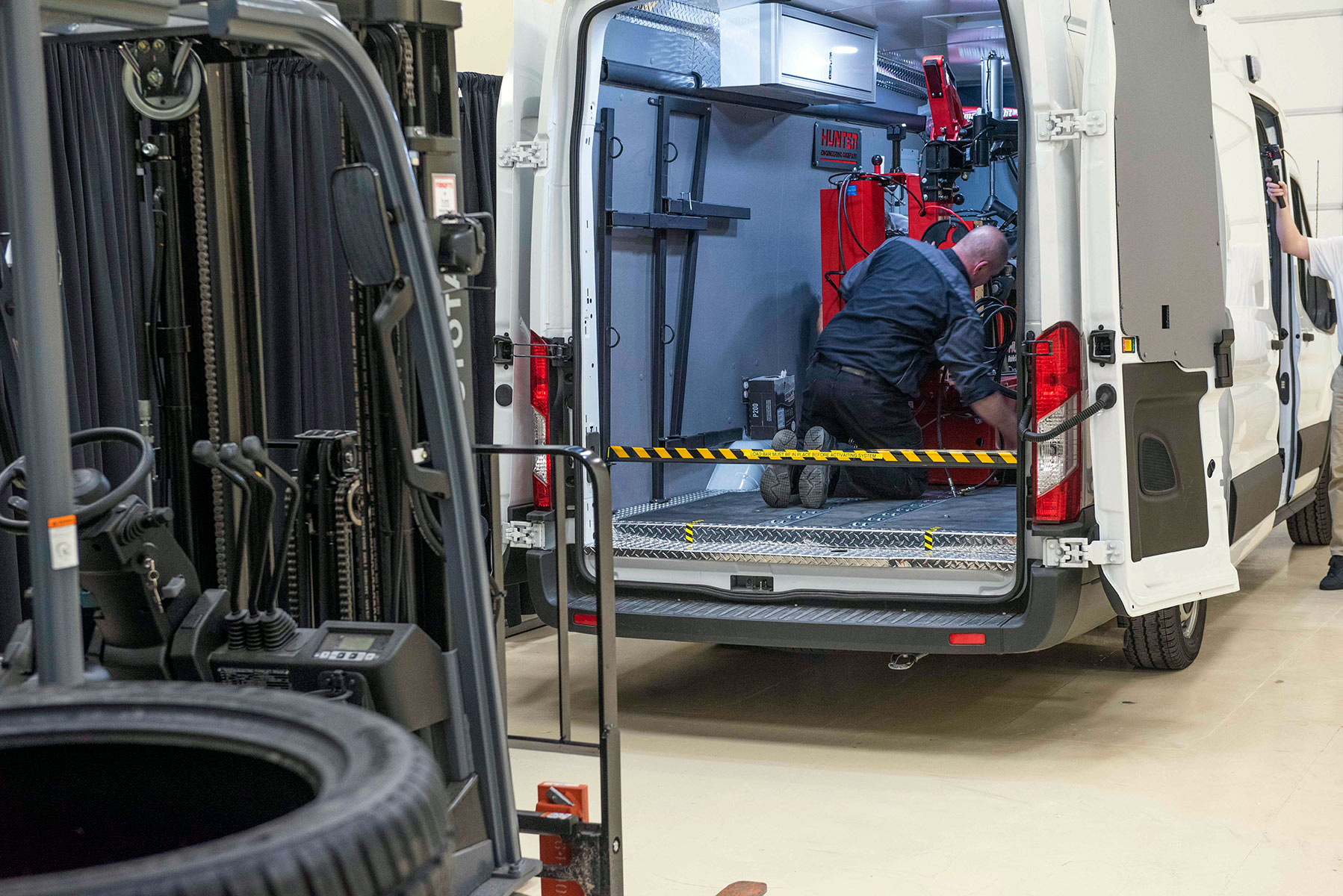Quick and Specialist Mobile Tire Repair Las Vegas Solutions
Quick and Specialist Mobile Tire Repair Las Vegas Solutions
Blog Article
Tire Service: Proven Techniques for Ideal Tire Upkeep and Care
From ensuring proper tire stress to normal turning and placement, there are tried and tested approaches that can dramatically prolong the life expectancy of your tires and boost general driving experience. Let's dive right into the globe of tire service and uncover the secrets to maintaining your tires in top-notch form for the long haul - Mobile Tire Service Las Vegas.
Importance of Tire Stress
Appropriate tire stress is a vital consider making certain optimal car efficiency and security when driving. Keeping the advised tire pressure degrees supplied by the supplier offers various benefits. To start with, adequate tire stress advertises far better fuel effectiveness, as under-inflated tires can cause raised rolling resistance, creating the engine to work tougher and take in more fuel. Second of all, appropriate tire stress ensures even walk wear, enhancing tire longevity and conserving cash in the long run by delaying the need for premature substitutes. Additionally, properly inflated tires add to enhanced handling and stopping capacities, essential for safe driving in numerous road conditions. Over-inflated tires, on the various other hand, can cause lowered grip and a harsher experience. On the other hand, under-inflated tires are prone to overheating, which can result in crashes and blowouts. Regularly examining and readjusting tire stress, especially soon journeys, is a simple yet efficient method to enhance car performance, extend tire lifespan, and focus on safety when traveling.
Tire Turning Standards
When thinking about tire rotation standards, it is crucial to comprehend the significance of this maintenance job in optimizing tire life expectancy and preserving optimum car efficiency. Tire rotation involves altering the placement of each tire on a lorry to make sure even tread wear. Front tires tend to wear faster than back tires because of steering forces, making normal rotation critical for well balanced wear patterns. The recommended turning pattern differs depending upon whether a vehicle is front-wheel, rear-wheel, all-wheel, or 4x4. Typically, tires should be turned every 5,000 to 7,500 miles, or as suggested in the car handbook. Disregarding tire turning can lead to uneven wear, influencing handling, traction, and possibly compromising vehicle safety. By sticking to appropriate turning guidelines, chauffeurs can prolong the life of their tires, enhance gas efficiency, and enhance total driving experience. Regular rotation is a straightforward yet reliable maintenance technique that contributes considerably to tire longevity and car performance.

Benefits of Wheel Positioning
Ensuring appropriate wheel placement after tire rotation is critical for maintaining well balanced wear patterns and maximizing car performance. Wheel alignment refers to the adjustment of the angles of the wheels to the manufacturer's specifications. One of the essential benefits of wheel placement is boosted handling and guiding feedback. When the wheels are properly straightened, it minimizes steering effort, guaranteeing a smoother and more regulated driving experience. In addition, proper wheel he has a good point placement aids to extend the life-span of your tires. Misaligned wheels can trigger uneven tire wear, resulting in premature tire substitute and increased maintenance expenses.

Tire Tread Depth Check
Executing a normal inspection of tire walk depth is crucial for keeping risk-free driving problems and extending the life-span of your tires. The tread on your tires plays an essential duty in giving traction, particularly in damp or unsafe conditions. To check your tire walk deepness, you can utilize a step deepness gauge or the dime examination. The suggested walk deepness goes to the very least 2/32 of an inch. It is time to change your tires to ensure optimum performance and safety and security on the roadway if the walk deepness is listed below this limit. Irregular step wear can indicate problems with tire suspension, alignment, or pressure, highlighting the value of routine step depth checks. Neglecting to keep track of and maintain correct step depth can go to this website bring about decreased hold, longer stopping distances, and an increased threat of hydroplaning. By integrating tire tread deepness explore your routine upkeep schedule, you can drive with self-confidence understanding that your tires are in leading problem.
Seasonal Tire Inspection
A detailed analysis of tire problem tailored to details weather is important for keeping optimum efficiency and safety throughout the year. Seasonal tire evaluation is an essential element of tire maintenance that makes certain tires are prepared to encounter the obstacles positioned by various weather. To prepare for winter season, it is vital to examine the tire stress consistently as cold temperatures can cause tire pressure to drop. Inspecting tire step depth is also vital to guarantee ample traction on snow and frozen roadways. Furthermore, inspecting read the full info here for indicators of wear and tear, such as fractures or bulges, can help stop possible tire failings. As the periods adjustment, it is essential to assess tire problem and make any type of necessary modifications to guarantee risk-free driving. By conducting routine seasonal tire inspections, chauffeurs can lengthen tire life-span, boost gas performance, and most notably, guarantee a protected driving experience in differing weather condition problems - Mobile Tire Service Las Vegas.
Final Thought
Finally, preserving appropriate tire stress, turning tires routinely, straightening wheels correctly, monitoring step deepness, and conducting seasonal assessments are necessary techniques for ideal tire treatment. By complying with these shown techniques, chauffeurs can ensure their tires last longer, carry out much better, and add to overall vehicle safety and security. It is essential to prioritize tire maintenance to stop crashes, boost gas effectiveness, and extend the lifespan of tires.
Adequate tire pressure advertises much better fuel efficiency, as under-inflated tires can lead to boosted rolling resistance, triggering the engine to work more challenging and eat even more gas.When taking into consideration tire rotation standards, it is vital to comprehend the significance of this maintenance task in maximizing tire life-span and preserving optimum automobile performance. Seasonal tire assessment is an essential aspect of tire upkeep that makes sure tires are prepared to encounter the obstacles positioned by various weather conditions. By carrying out routine seasonal tire inspections, chauffeurs can lengthen tire life-span, enhance gas effectiveness, and most significantly, ensure a secure driving experience in differing climate conditions.
In verdict, preserving proper tire stress, turning tires routinely, lining up wheels correctly, checking tread deepness, and carrying out seasonal assessments are vital methods for optimum tire treatment.
Report this page